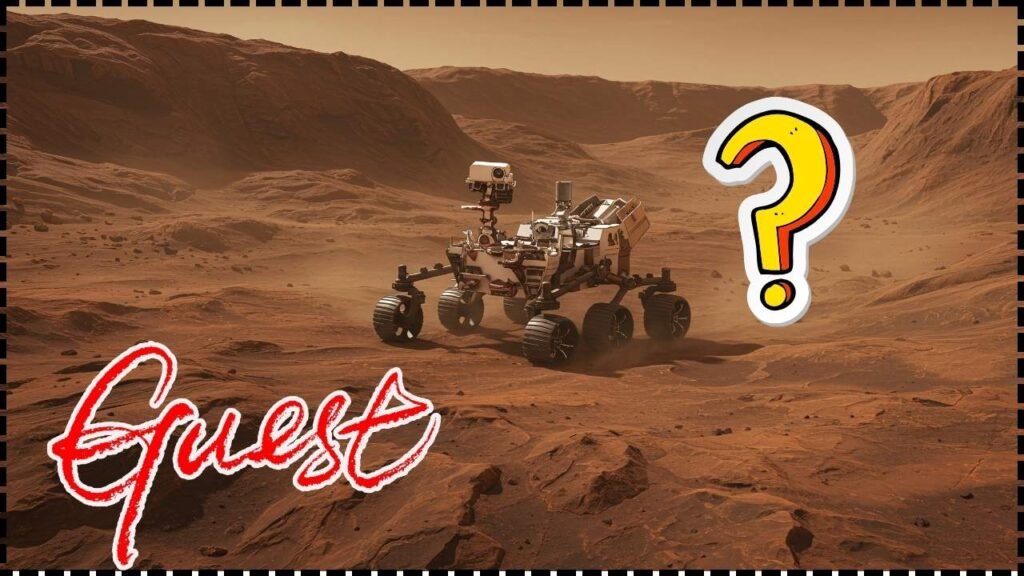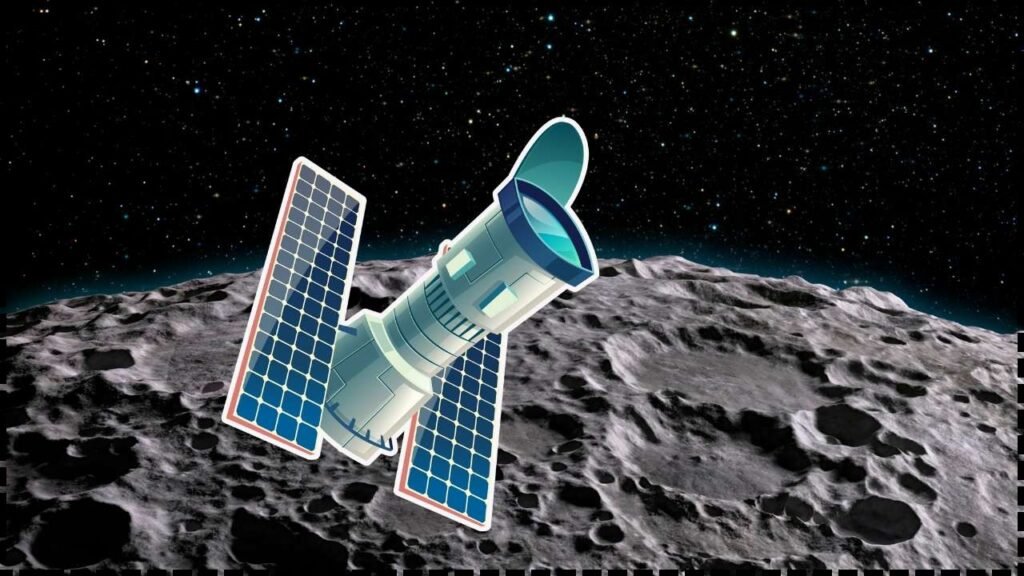Ancient burial discovery stories always have a way of drawing us in. There’s something about unearthing a piece of the distant past that makes us pause and reflect on where we came from. But rarely do these discoveries lead to such a deep, emotional, and at times controversial journey as the one that began in 1996 in Kennewick, Washington. A chance encounter with a human skull on the banks of the Columbia River kicked off one of the most significant archaeological stories in recent American history.
This ancient burial discovery became far more than just bones in the dirt. It opened a heated debate between science and tradition, challenged legal systems, and brought long-overdue recognition to Indigenous voices. What began as a mysterious skeleton eventually turned into a story of justice, respect, and connection across thousands of years.
Ancient Burial Discovery: A Turning Point in American Archaeology
The Kennewick Man, also known as The Ancient One, is one of the most powerful examples of how an ancient burial discovery can shift the way we understand history. What made this case so unique wasn’t just the age of the skeleton, but the cultural implications that followed. Early scientific interpretations questioned whether he was related to modern Native Americans, sparking intense legal disputes over who had the right to claim the remains. It wasn’t just a question of science but one of identity and belonging. As DNA technology evolved, the truth came to light—confirming Indigenous connections and bringing the long fight for cultural recognition to a meaningful close.
Overview of the Ancient Burial Discovery
| Key Detail | Information |
| Discovery Year | 1996 |
| Discovered By | Will Thomas and David Deacy |
| Location | Columbia River, Kennewick, Washington |
| Age of Skeleton | Approximately 8,400 years old |
| Known As | Kennewick Man / The Ancient One |
| Legal Debate Duration | Nearly 20 years |
| DNA Results | Linked to modern Native American tribes |
| Reburial Date | 2017 |
| Tribes Involved | Multiple regional Native American tribes |
| Significance | Cultural justice, scientific breakthrough |
Discovery
It was just a regular summer day in 1996 when Will Thomas and David Deacy were watching a boat race near the Columbia River. As they wandered near the shoreline, something unusual caught their eye—a human skull sticking out of the riverbank. What seemed like an odd find turned out to be the beginning of an incredible journey. Authorities were called, and soon archaeologists arrived to examine the remains.
The initial investigation quickly revealed this was no ordinary find. The bones were extremely old, well-preserved, and held clues to a life lived thousands of years ago. It was one of the oldest human skeletons ever found in North America, instantly making headlines in scientific circles and Indigenous communities alike.
Identity
As more details emerged, the mystery around this ancient burial discovery deepened. The man, who came to be known as Kennewick Man, was likely in his 40s when he died. He stood about 5’7″, was muscular, and appeared to have lived a rugged, active life. The most striking discovery was a stone spearpoint embedded in his hip—clear evidence that he had survived a serious injury long before his death.
But what really stirred the pot was his skull structure. Early interpretations suggested he didn’t resemble modern Native Americans, leading some researchers to propose that he came from a completely different population. This theory, however, ignored the voices of Native tribes who recognized the man as an ancestor, regardless of what the measurements said.
Controversy
That’s when the legal and ethical debate exploded. Several Native American tribes, including the Umatilla, Yakama, and Nez Perce, filed claims under the Native American Graves Protection and Repatriation Act (NAGPRA), demanding the remains for reburial. For them, this ancient burial discovery wasn’t a scientific curiosity—it was a sacred ancestor who deserved a proper resting place.
Meanwhile, scientists pushed back. They believed the Kennewick Man could offer crucial insights into the first migrations into the Americas and weren’t ready to hand over the remains. Lawsuits were filed, appeals were made, and for nearly 20 years, the battle raged on between scientific institutions and tribal nations.
Resolution
The turning point came in 2015 when advanced DNA testing finally gave a clear answer. The results showed that Kennewick Man was genetically linked to modern Native American tribes. Science had, at last, confirmed what Indigenous communities had been saying for decades.
With the evidence now undeniable, the legal resistance crumbled. In 2017, more than 200 tribal members from across the region came together to give The Ancient One a respectful, sacred burial. The ceremony was private, emotional, and deeply symbolic. It wasn’t just about returning bones to the earth—it was about healing, acknowledgment, and cultural justice.
Legacy
The story of this ancient burial discovery offers more than historical insights—it carries important lessons about respecting Indigenous heritage and combining science with cultural empathy. It also shows how evolving technology like DNA analysis can finally close the gap between ancient history and living descendants.
Today, Kennewick Man isn’t just a figure in a textbook. He represents a bridge between the past and present. His legacy is a reminder that archaeological findings aren’t just about artifacts—they’re about people, families, and traditions that still matter today. His reburial marks not only the end of a scientific debate but the beginning of a broader awareness about cultural rights and respectful research.
FAQs
Is Kennewick Man the oldest skeleton found in North America?
Why was the DNA testing important in this case?
What laws were involved in the Kennewick Man case?
What did the scientists want to study about Kennewick Man?
Where is Kennewick Man now?
Final Thought
The ancient burial discovery of the Kennewick Man is a powerful reminder that history isn’t just about facts and figures—it’s about people, respect, and identity. If you’re fascinated by stories where science and humanity intersect, this is one that stays with you. Leave a comment, share your thoughts, or explore more incredible discoveries that connect the past with our present. History lives on through stories like this—and so does truth.

















